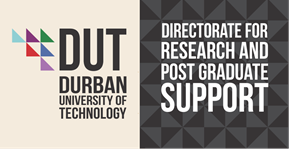On ‘Becoming’ Contemplative Academic Development Practitioners: Reflections through Collaborative Autoethnography
DOI:
https://doi.org/10.51415/ajims.v6i1.1296Keywords:
autoethnography, contemplative pedagogy, reflection, professional development, academic developmentAbstract
The onslaught of COVID-19 heralded a turn in higher education as society has begun to question the purpose, values and practices of higher education. COVID-19 presented the unique opportunity to re-imagine and re-envision how one conceptualises the roles and responsibilities of academic development practitioners. How are they responding to their own evolving selves, their environmental cues, and shaping the shifts of redirection within higher education? In this article, we draw from two research traditions to examine the processes of re-imagining academic developers’ becoming: contemplative pedagogy and collective autoethnography. In our data collection, we use the concurrent model in autoethnography as we draw on personal memory data, archival materials, self-observation, self-reflection, self-analysis and interviews with each other. This contributed to a thick description of our personal and professional lives and practices. We show how these collective research traditions and approaches provided nuanced understandings of the role of place and space in evolving academic development in higher education. This article argues for the value of a contemplative autoethnography as an approach to transforming academic development practices, particularly in providing insight into professional development, identity and personal experience.





